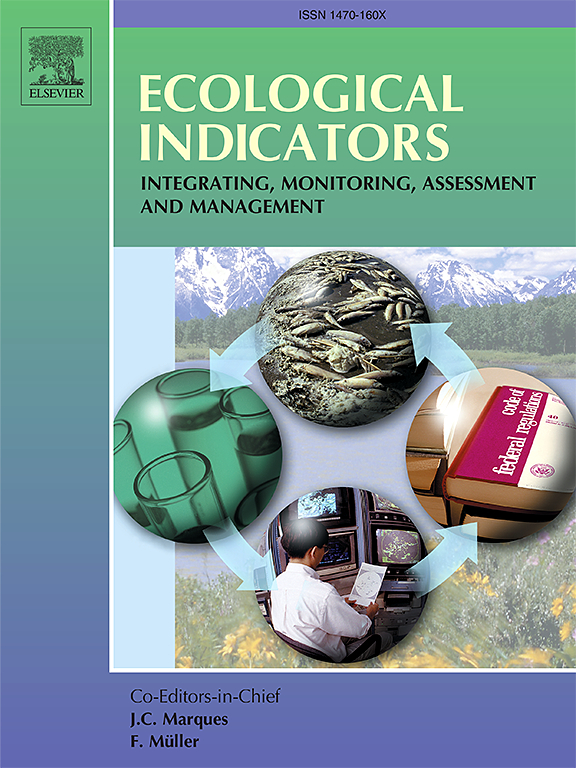How to transform cultivated land protection on the Northeast Tibetan Plateau? A multifunctional path exploration
IF 7
2区 环境科学与生态学
Q1 ENVIRONMENTAL SCIENCES
引用次数: 0
Abstract
The coordinated development of ecological services, food production, and human survival presents new challenges for protecting cultivated land (CL) in the ecologically fragile region of the Tibetan Plateau (TPEFR). There is an urgent need to explore transformative pathways for conserving CL in the region. In this study, a multifunctional supply and demand perspective is taken to explore such pathways. Correlation analysis and a coupled coordination degree model are used to understand the intrinsic structural characteristics that impact the multifunctionality of CLs. The K-means clustering algorithm is utilized to identify the alignment between the supply and demand of multiple CL functions and determine dominant and deficient CL functions. Finally, a comprehensive zoning approach is employed to enhance the dominant functions of CL, and transformation zones and the corresponding directions of these functions are identified, along with proposed countermeasures. The findings indicate the following: (1) There were disparities between the supply and demand of production, life, and ecological functions in Qinghai Province from 2000 to 2020. (2) A trade-off relationship exists between the supply and demand of CL production and ecological functions. (3) The degree of coordination between CL functions decreases from east to west in Qinghai Province. (4) CL resources in Qinghai Province can be categorized into eight zones. Among these, four zones undergo function-enhancing transformation to enhance production function, life function, ecological function, and multifunctional synergistic enhancement and protection. The remaining four zones prioritize the protection of ecological functions. In this study, a new paradigm is provided for the protection of CL in the TPEFR. The intrinsic mechanism and extrinsic aggregation of multifunctional supply–demand relationships are considered for comprehensive multifunctional zoning of CL, and the different transformation areas and their transformation directions are clarified.
求助全文
约1分钟内获得全文
求助全文
来源期刊

Ecological Indicators
环境科学-环境科学
CiteScore
11.80
自引率
8.70%
发文量
1163
审稿时长
78 days
期刊介绍:
The ultimate aim of Ecological Indicators is to integrate the monitoring and assessment of ecological and environmental indicators with management practices. The journal provides a forum for the discussion of the applied scientific development and review of traditional indicator approaches as well as for theoretical, modelling and quantitative applications such as index development. Research into the following areas will be published.
• All aspects of ecological and environmental indicators and indices.
• New indicators, and new approaches and methods for indicator development, testing and use.
• Development and modelling of indices, e.g. application of indicator suites across multiple scales and resources.
• Analysis and research of resource, system- and scale-specific indicators.
• Methods for integration of social and other valuation metrics for the production of scientifically rigorous and politically-relevant assessments using indicator-based monitoring and assessment programs.
• How research indicators can be transformed into direct application for management purposes.
• Broader assessment objectives and methods, e.g. biodiversity, biological integrity, and sustainability, through the use of indicators.
• Resource-specific indicators such as landscape, agroecosystems, forests, wetlands, etc.
 求助内容:
求助内容: 应助结果提醒方式:
应助结果提醒方式:


